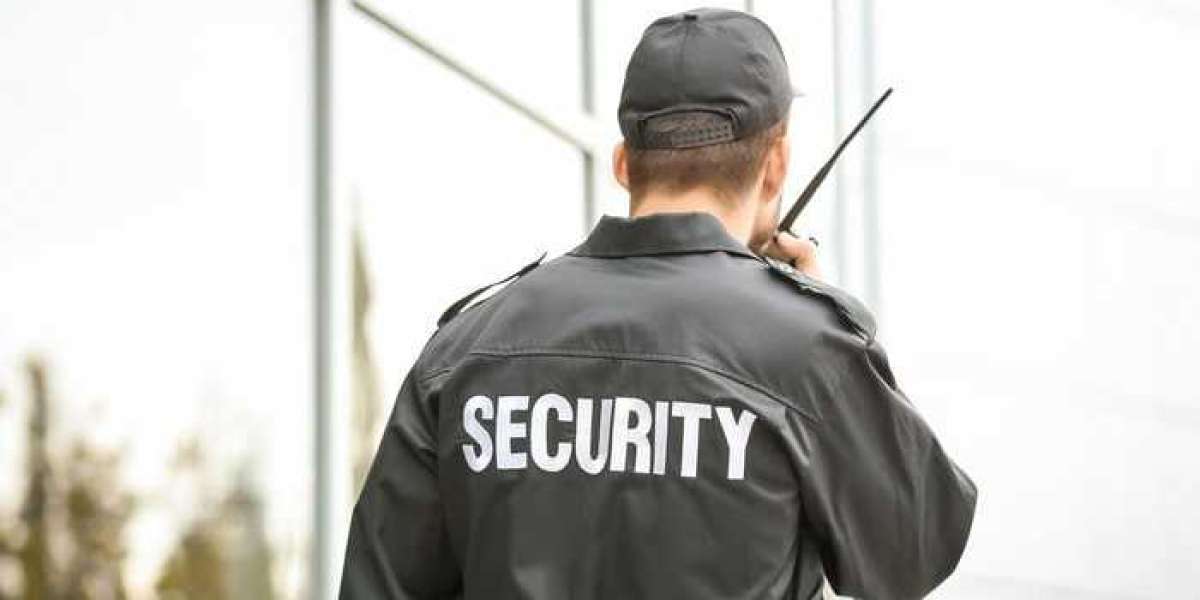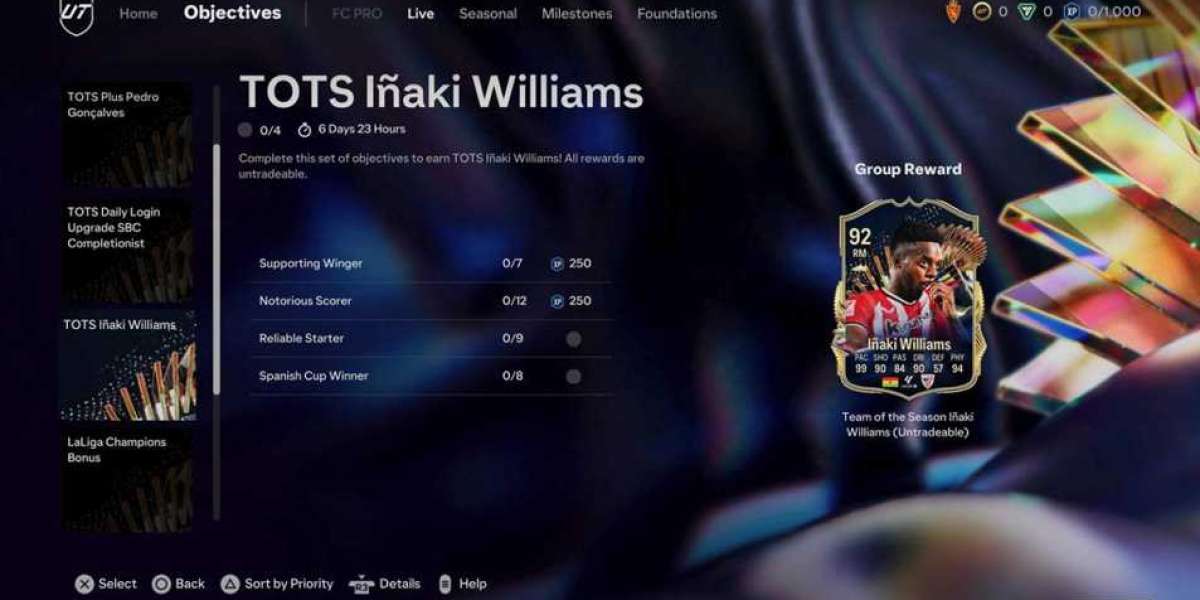Event security is a critical component of any successful gathering, whether it's a corporate conference, music festival, sports event, or large public celebration. Proper event security management and crowd control techniques not only ensure the safety of all participants but also contribute to the smooth and enjoyable flow of the event. With a carefully designed security plan, event organizers can mitigate potential risks and provide a positive experience for everyone involved. This article delves into various aspects of event security management, from risk assessment to crowd control techniques, to offer insights for hosting a secure and well-managed event.
Importance of Event Security Management:
Event security is essential for maintaining order, preventing unwanted incidents, and ensuring the safety of attendees. With large gatherings, risks such as crowd surges, theft, and even terrorism can increase. As such, event organizers must have a comprehensive security plan that takes into account potential threats and establishes preventive measures. The primary goal of event security management is to maintain a secure environment where attendees feel safe, enabling them to focus on the experience rather than on concerns about their safety.
Risk Assessment and Planning:
The first step in developing an effective security strategy is conducting a thorough risk assessment. Risk assessment involves identifying potential threats based on factors like event type, expected crowd size, venue layout, and any high-profile attendees. For example, a high-profile concert with a large crowd may require heightened security compared to a smaller corporate event. Once the risks are identified, the security team can prioritize resources, such as the number of personnel needed and the types of equipment to deploy. Planning also includes coordinating with local law enforcement, emergency responders, and event staff to ensure that everyone is prepared for both routine and emergency scenarios.
Effective Use of Security Personnel:
Security guards play a central role in event security, acting as a visible deterrent to misconduct and offering on-the-ground support for attendees. They are responsible for screening, crowd control, and ensuring the event adheres to safety regulations. Security personnel should be trained in customer service as well as emergency response to create a welcoming atmosphere while maintaining control. Their presence reassures guests while also enabling quick responses to incidents, including physical altercations or sudden crowd movement. Strategically positioning security guards throughout the venue, particularly in high-traffic areas, helps maintain order and provides assistance points for guests who may need help or have concerns.
Access Control and Screening Procedures:
To maintain a safe event environment, access control and screening measures are critical. Controlling entry points is the first line of defense against unauthorized access and potential threats. Ticket checks, identification verification, and the use of metal detectors or bag checks are effective ways to screen attendees and ensure that only those with valid access enter the event. Many large events also employ biometric identification or wristbands with embedded technology for added security guard. Screening procedures should be designed to be thorough yet efficient to avoid bottlenecks at entry points, which can lead to crowd congestion and frustration.
Crowd Control Techniques:
Crowd control is a crucial aspect of event security, particularly at large-scale gatherings. Techniques such as queue management, clear signage, and the use of barriers help manage attendee flow and prevent overcrowding. Queue management systems, including marked entry and exit lanes, prevent crowd bottlenecks and ensure attendees move efficiently through the venue. Signage helps guide guests to their intended destinations, minimizing confusion and reducing the risk of overcrowding in certain areas. Barriers can be used to create restricted zones, such as VIP sections or backstage areas, and are useful in creating an orderly flow around the venue.
Monitoring and Surveillance:
Surveillance technology is an essential tool in modern event security management. Security cameras, motion sensors, and drones can help monitor large crowds, detect suspicious activity, and provide real-time data to the security team. Surveillance cameras placed strategically throughout the venue give security teams a comprehensive view of the crowd, enabling them to respond quickly to potential incidents. Drones have also become popular for aerial surveillance, offering a unique vantage point that helps security personnel monitor crowd density and detect any unusual movements. Additionally, real-time monitoring provides valuable data for improving future events and adjusting security measures as needed.
Emergency Preparedness and Response:
Preparedness for emergencies is a fundamental aspect of event security. Emergency scenarios can include anything from medical issues to fires or security breaches. Establishing a detailed emergency response plan, which includes clear evacuation routes, designated first-aid stations, and communication protocols with local emergency services, is essential. Security personnel should be trained to respond to different types of emergencies, including the use of first-aid and defibrillation devices. Regular drills and simulations can further prepare the team to handle unexpected incidents swiftly and effectively.
Communication and Coordination:
Efficient communication is the backbone of effective event security. A clear communication plan should include both internal and external stakeholders, such as event staff, security personnel, and emergency responders. Walkie-talkies, mobile apps, and radio systems are commonly used to facilitate real-time communication. Good communication allows the security team to coordinate responses to incidents quickly and prevents small issues from escalating. It also enables the security team to relay critical information to attendees when necessary, such as changes in the event schedule or emergency announcements.
Post-Event Review and Feedback:
After an event, a thorough review of security measures and outcomes is essential for continuous improvement. Post-event debriefs allow the security team to evaluate what worked well and identify areas for improvement. This review process should include feedback from security personnel, event staff, and even attendees when possible. By examining what challenges were faced and how they were addressed, organizers can refine security protocols, improve communication strategies, and enhance overall safety for future events.
Final Thought:
Event security management and crowd control techniques are essential elements for creating a safe and successful event. With careful planning, risk assessment, and a skilled security team, organizers can ensure that attendees enjoy the event in a secure and well-managed environment. Employing techniques such as effective screening, crowd control, surveillance, and emergency preparedness will mitigate risks and contribute to a positive experience for everyone. In today’s increasingly complex event landscape, a well-prepared security team and a proactive approach to safety are key to hosting successful events that guests will want to return to again and again.








